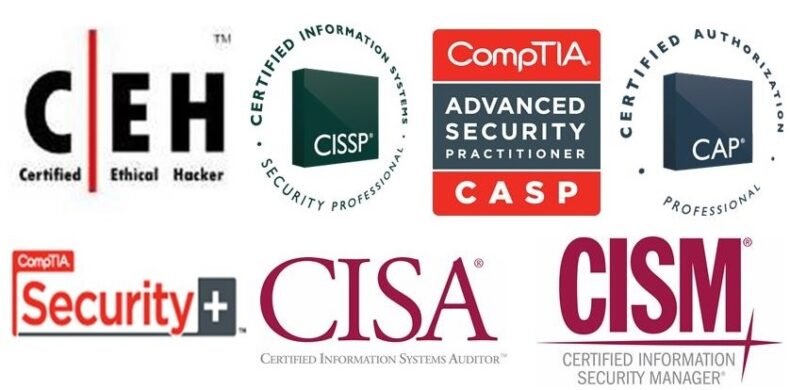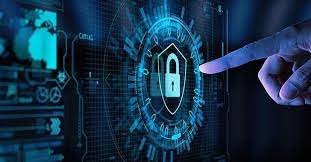
From online banking to social media interactions, the internet offers unparalleled convenience and connectivity. However, this digital dependency also exposes us to a myriad of cyber threats, ranging from phishing attacks to sophisticated malware. To navigate the digital landscape safely, it is essential to understand how to protect yourself from cyber-attacks effectively. Explore practical tips and best practices to safeguard your digital life and maintain your privacy and security online.
- Educate Yourself about Cyber Threats
The first step in protecting yourself from cyber attacks is to educate yourself about the various types of threats and the methods cybercriminals employ. Stay updated on the latest cybersecurity trends, read news articles, and attend webinars or workshops to enhance your knowledge. Understanding the risks will help you recognize potential dangers and make informed decisions while browsing the internet.
- Use Strong and Unique Passwords
One of the simplest yet most effective ways to protect your online accounts is by using strong and unique passwords. Avoid common passwords like “123456” or “password” and opt for complex combinations of letters, numbers, and special characters. Use a different password for each account to minimize the impact of a potential breach.
- Enable Two-Factor Authentication (2FA)
Two-Factor Authentication adds an extra layer of security to your accounts by requiring a second form of verification, typically a one-time code sent to your phone, in addition to your password. Enabling 2FA significantly reduces the risk of unauthorized access, even if your password is compromised.
- Keep Software and Devices Updated
Regularly updating your software, operating systems, and applications is crucial in preventing cyber attacks. Developers release updates and security patches to address known vulnerabilities, so staying up to date ensures that you are protected against the latest threats.
- Be Cautious with Emails and Links
Phishing attacks are prevalent, and cybercriminals often use deceptive emails and links to trick users into revealing sensitive information. Be cautious of emails from unknown sources, especially those requesting personal information or containing suspicious links or attachments. Hover over links to preview the URL before clicking to ensure they lead to legitimate websites.
- Secure Your Wi-Fi Network
Secure your home or office Wi-Fi network with a strong password and encryption to prevent unauthorized access. Change the default router login credentials and use WPA3 encryption, which provides enhanced security.
- Back-Up Your Data Regularly
Data backups are a crucial defense against ransomware attacks and data loss. Regularly back up your important files to an external drive or a secure cloud-based service. In case of a cyber-attack or hardware failure, you can restore your data without paying the ransom or facing permanent loss.
- Be Mindful of Social Media Privacy
Review and adjust your social media privacy settings to control who can see your posts and personal information. Limit the amount of personal information you share publicly to minimize the risk of social engineering attacks.
- Use VPN for Online Privacy
When using public Wi-Fi or accessing the internet from unfamiliar locations, use a Virtual Private Network (VPN) to encrypt your internet connection. A VPN helps protect your data from prying eyes and enhances your online privacy.
- Install Reputable Security Software
Invest in reputable antivirus and anti-malware software to provide an additional layer of protection against known threats. Regularly scan your devices for potential malware or viruses.
Conclusion
As our lives become increasingly digital, protecting ourselves from cyber attacks becomes more crucial than ever. By following these practical tips and best practices, we can create a safer digital environment for ourselves and minimize the risk of falling victim to cyber threats.
Remember that cybersecurity is an ongoing journey, and staying vigilant is essential to maintaining your privacy and security online. The responsibility lies with each individual to prioritize cybersecurity and implement these measures to safeguard their digital life.
Let us empower ourselves with knowledge, adopt proactive security practices, and cultivate a cybersecurity-conscious culture to protect our digital frontiers effectively. Together, we can fortify our digital world against cyber attacks and embrace the benefits of technology with confidence and peace of mind.





Leave a Reply